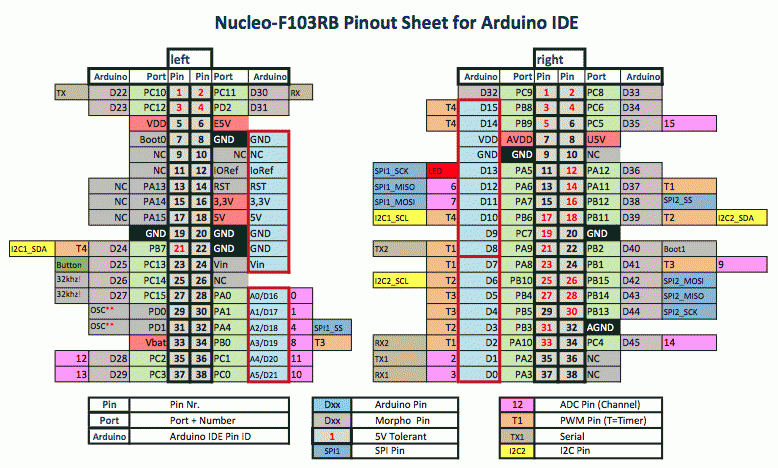
There are a couple of other pins on the board:ĪREF. By default they measure from ground to 5 volts, though is it possible to change the upper end of their range using the AREF pin and analogReference() function. The Mega2560 has 16 analog inputs, each of which provide 10 bits of resolution (i.e. Note that these pins are not in the same location as the TWI pins on the Duemilanove or Diecimila. Support TWI communication using the Wire library. When the pin is HIGH value, the LED is on, when the pin is LOW, it’s off. There is a built-in LED connected to digital pin 13. The SPI pins are also broken out on the ICSP header, which is physically compatible with the Uno, Duemilanove and Diecimila. These pins support SPI communication using the SPI library. Provide 8-bit PWM output with the analogWrite() function. See the attachInterrupt() function for details. These pins can be configured to trigger an interrupt on a low value, a rising or falling edge, or a change in value.
#Arduino mega pinout sheet serial#
Pins 0 and 1 are also connected to the corresponding pins of the ATmega16U2 USB-to-TTL Serial chip.Įxternal Interrupts: 2 (interrupt 0), 3 (interrupt 1), 18 (interrupt 5), 19 (interrupt 4), 20 (interrupt 3), and 21 (interrupt 2).

Used to receive (RX) and transmit (TX) TTL serial data. In addition, some pins have specialized functions: Each pin can provide or receive a maximum of 40 mA and has an internal pull-up resistor (disconnected by default) of 20-50 kOhms.

Each of the 54 digital pins on the Arduino 2560 Mega can be used as an input or output, using pinMode(), digitalWrite(), and digitalRead() functions.


 0 kommentar(er)
0 kommentar(er)
